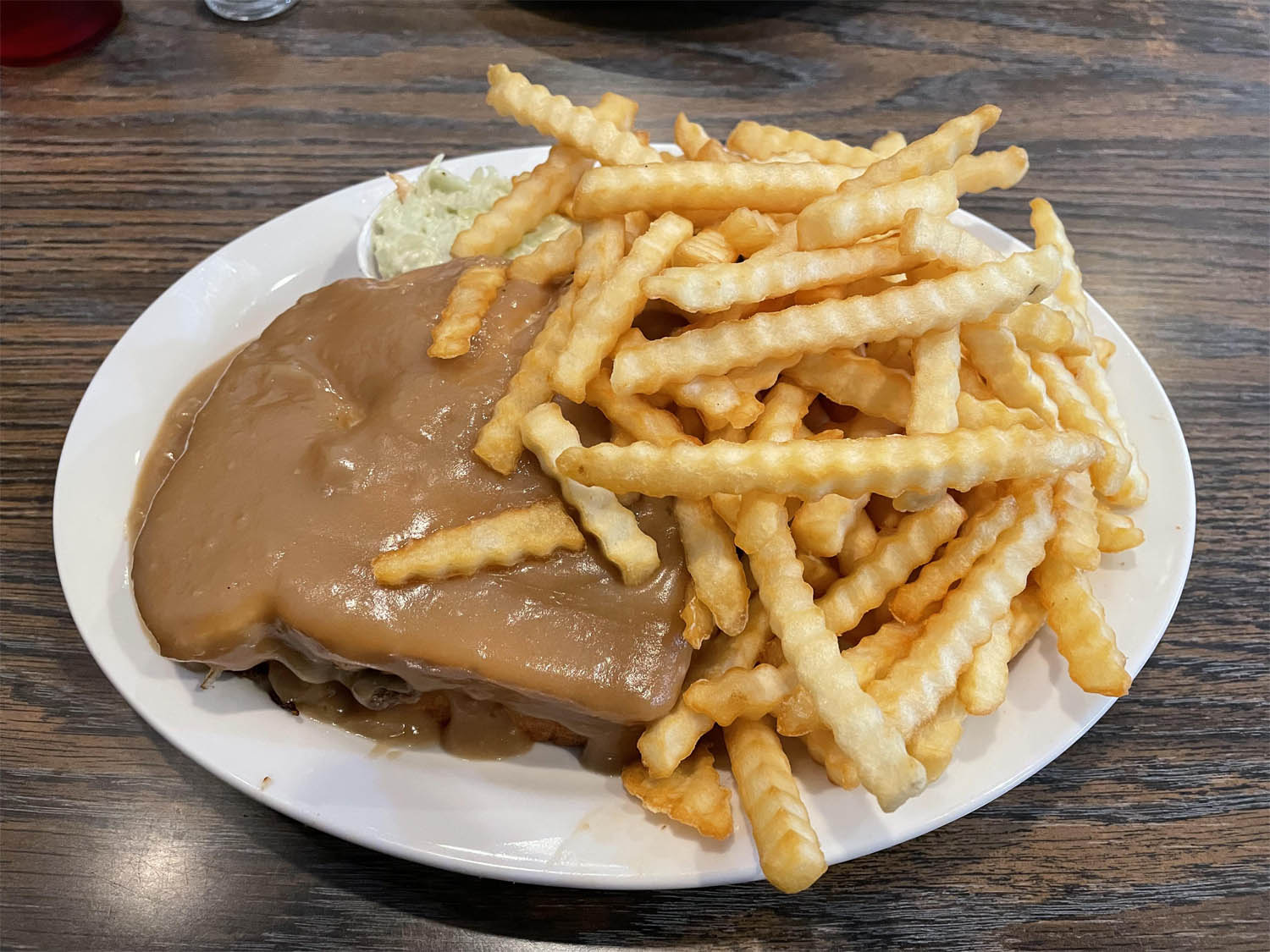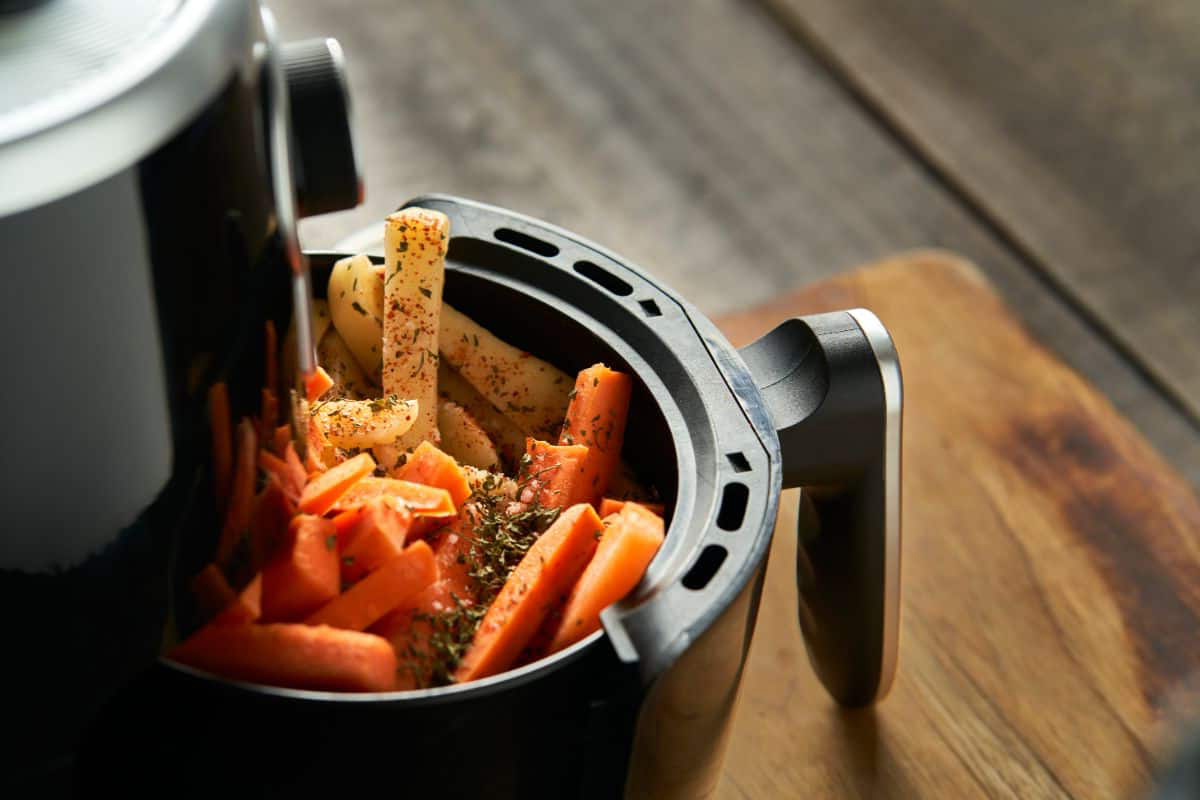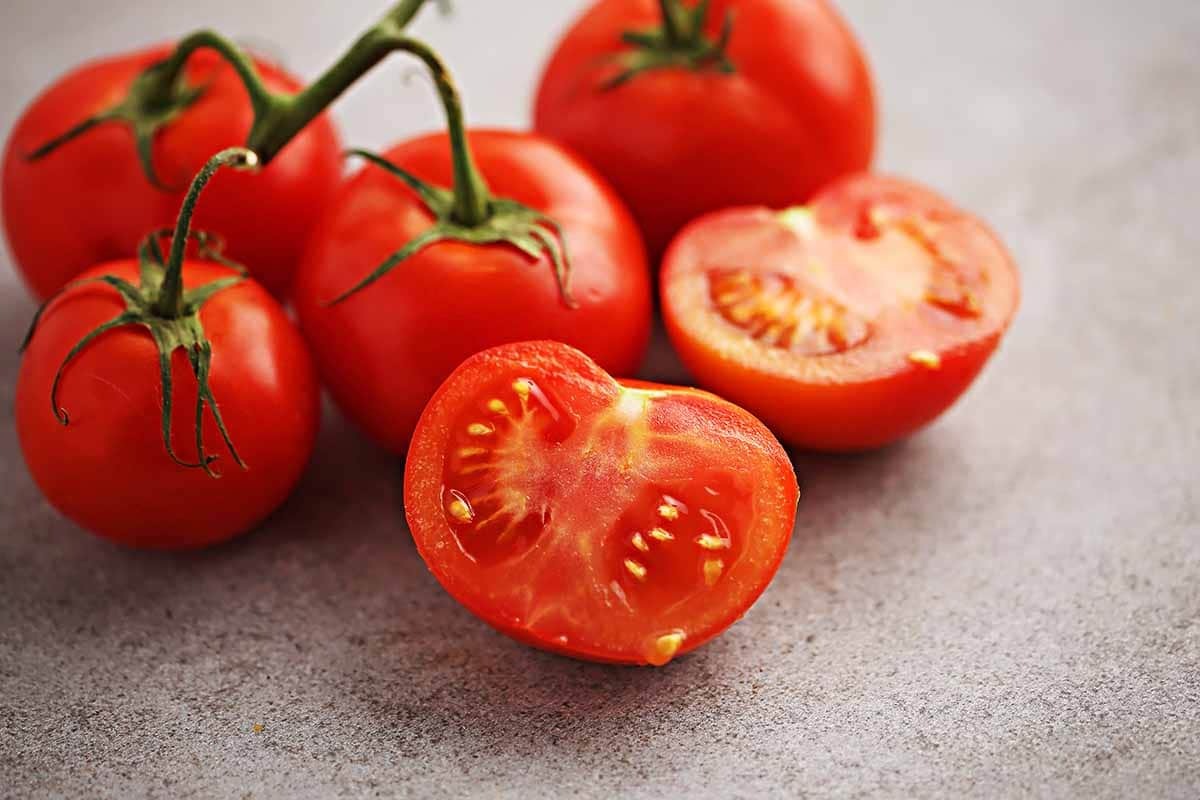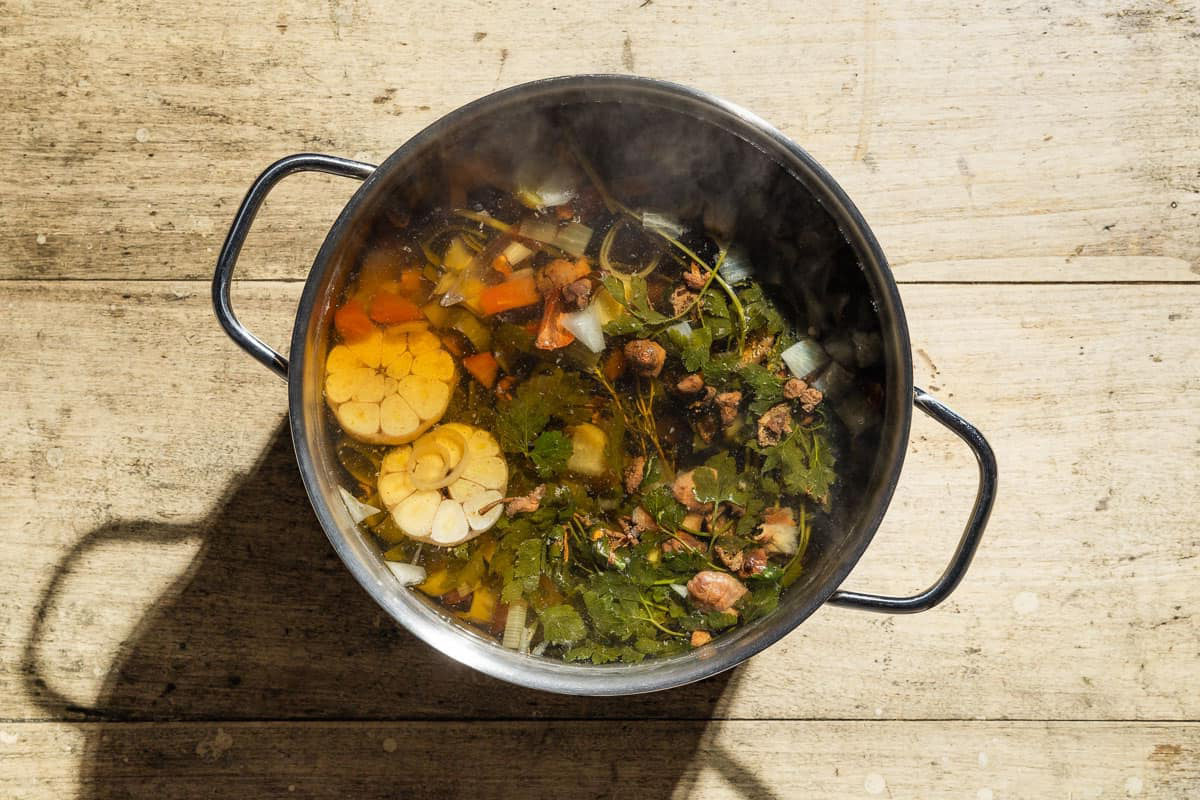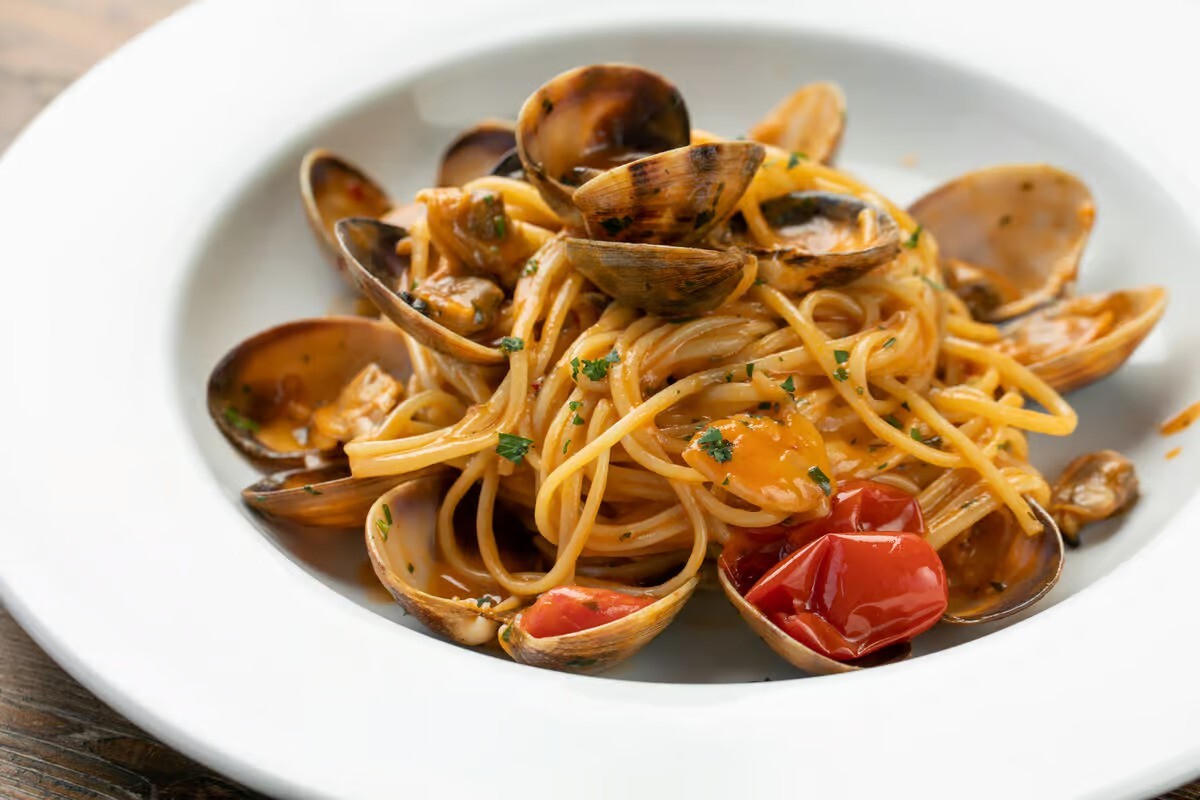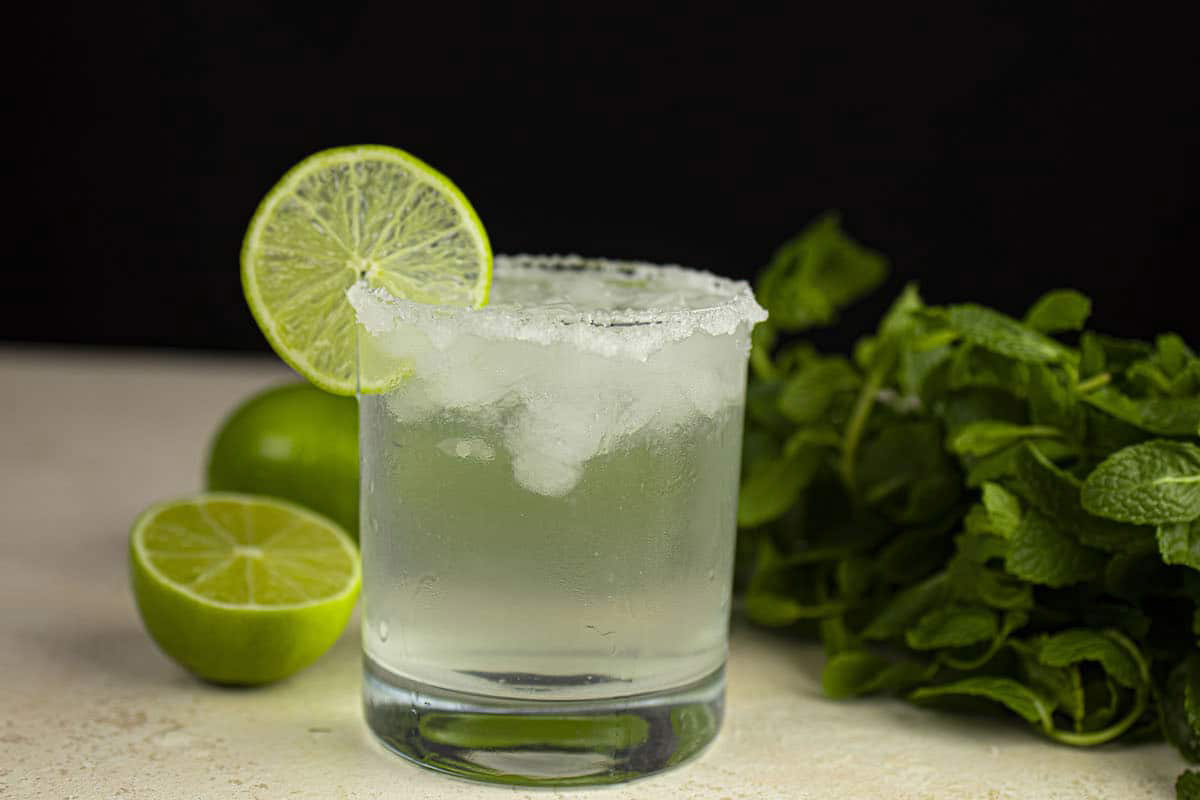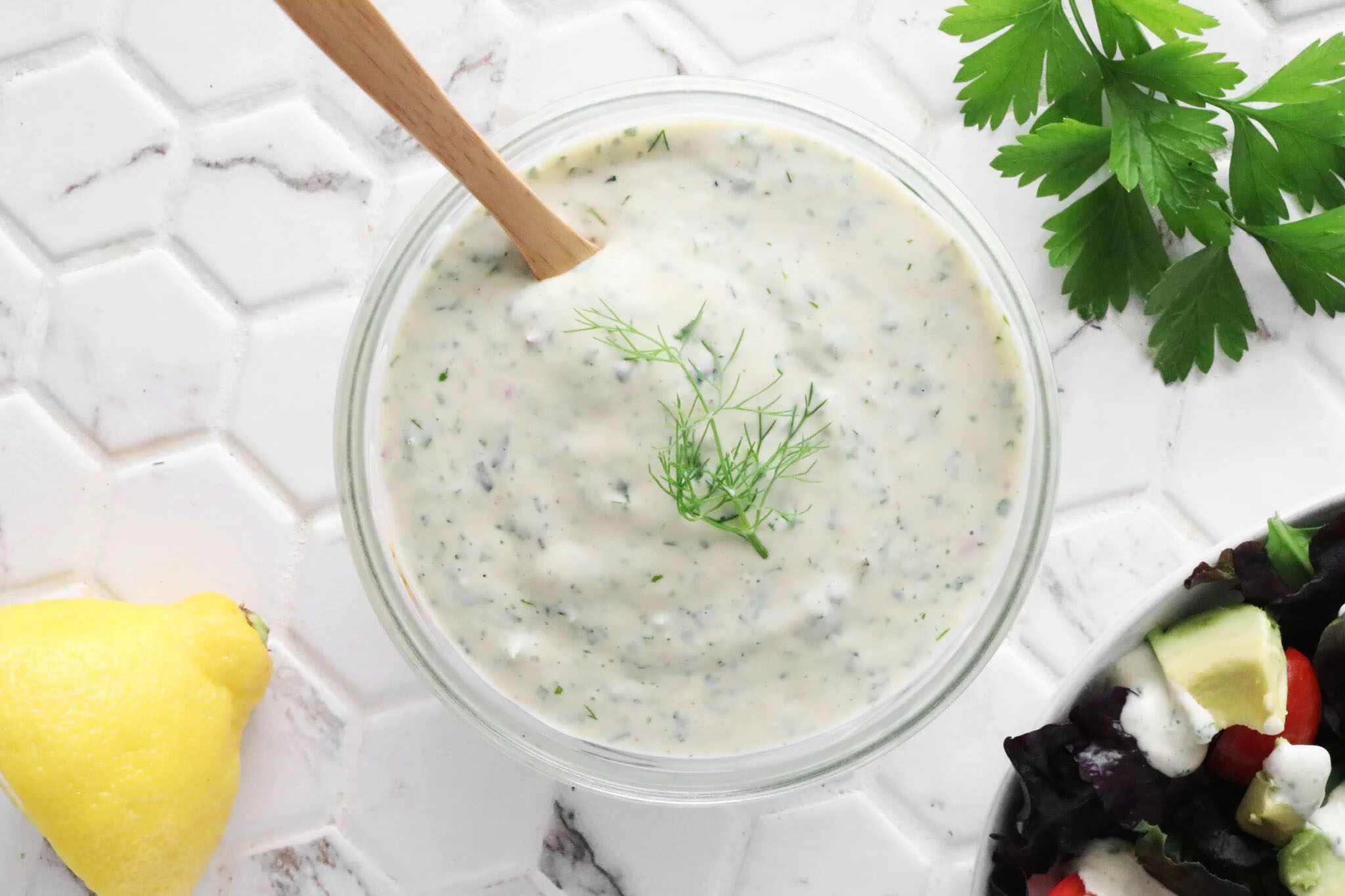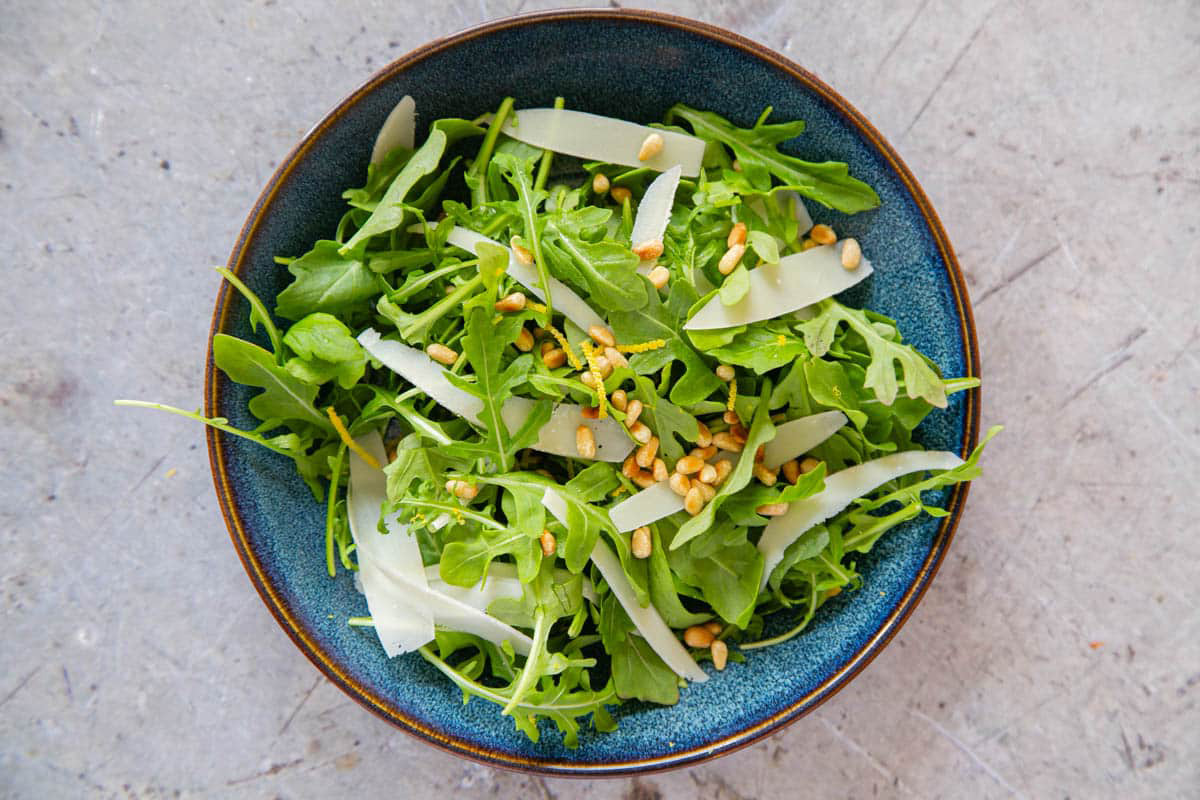Understanding Tomato Concasse
Tomato concasse is a classic French culinary technique that involves peeling, seeding, and dicing tomatoes. This process results in a flavorful and versatile tomato preparation that can be used in a variety of dishes, including sauces, soups, and salads.
How to Make Tomato Concasse
Making tomato concasse is a relatively simple process that begins with blanching the tomatoes to loosen their skins. Here’s a step-by-step guide to making tomato concasse:
- Start by bringing a pot of water to a boil.
- Using a paring knife, carefully score a small “X” on the bottom of each tomato.
- Prepare a bowl of ice water.
- Once the water is boiling, carefully place the tomatoes in the pot and blanch them for about 30 seconds to 1 minute, or until the skins start to peel back.
- Using a slotted spoon, transfer the blanched tomatoes to the bowl of ice water to stop the cooking process.
- Once the tomatoes are cool enough to handle, remove them from the ice water and peel off the skins, starting from the “X” mark.
- Cut the tomatoes in half and gently squeeze out the seeds.
- Finally, dice the tomatoes into small, uniform pieces to complete the concasse.
Uses for Tomato Concasse
Tomato concasse can be used in a wide range of dishes to add bright, fresh tomato flavor. Some popular uses for tomato concasse include:
- Adding it to pasta sauces for a burst of fresh tomato flavor.
- Incorporating it into soups and stews to enhance the overall depth of flavor.
- Using it as a topping for bruschetta or crostini.
- Mixing it into salads for a refreshing and colorful addition.
- Layering it onto pizzas for a burst of tomato goodness.
Benefits of Using Tomato Concasse
There are several benefits to using tomato concasse in your cooking:
- Enhanced Flavor: The process of blanching and peeling the tomatoes helps to concentrate their flavor, resulting in a more intense and vibrant taste.
- Improved Texture: Removing the skins and seeds creates a smoother, more refined texture, making tomato concasse ideal for sauces and other liquid-based dishes.
- Versatility: Tomato concasse can be used in a wide variety of recipes, making it a versatile and valuable ingredient to have on hand.
Conclusion
Tomato concasse is a simple yet impactful technique that can elevate the flavor and presentation of your dishes. Whether you’re a seasoned chef or a home cook looking to experiment with new ingredients, mastering the art of tomato concasse can open up a world of culinary possibilities.
Was this page helpful?
Read Next: What Is A Purple Hooter
